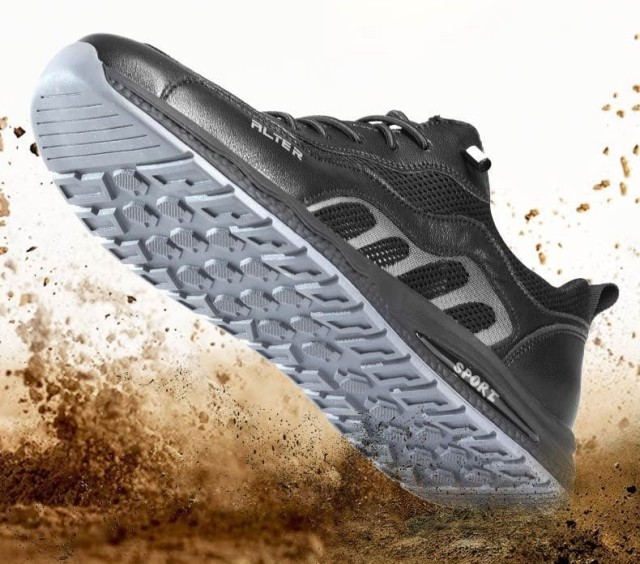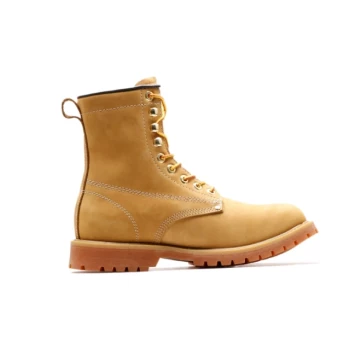Selecting the optimal walking boot requires balancing immobilization needs with mobility demands. This guide examines cuff height, material rigidity, and injury-specific protocols to match patients with biomechanically appropriate support.
Walking Boot Design Fundamentals
Cuff Height and Joint Load Distribution
Research shows taller cuffs (extending mid-calf) redistribute ~30% more load from injured ankles to the tibia during gait cycles. However, this comes with tradeoffs:
-
Long boots (12"+ cuff height)
- Best for: Severe tendon ruptures, post-surgical stabilization
- Drawbacks: Increased energy expenditure during prolonged wear
-
Short boots (6-8" cuff)
- Best for: Grade II-III ankle sprains, stable fractures
- Advantages: Preserves ~15% more ankle range of motion
Material Rigidity vs. Energy Expenditure
Stiffer polypropylene shells reduce unwanted joint movement but elevate metabolic costs:
| Material Type | Relative Rigidity | Ideal Use Case |
|---|---|---|
| Carbon fiber | High | Acute phase injuries |
| Thermoplastic | Medium | Subacute rehabilitation |
| Hybrid mesh | Low | Chronic condition management |
Clinical Injury Matrix
Achilles Rupture Protocols and Long-Boot Mechanics
For complete tendon tears, studies recommend:
- 20° plantar flexion positioning to minimize gap formation
- Full calf coverage to limit gastrocnemius activation
- Rockered soles to reduce push-off demands
Key consideration: Patients report ~40% higher satisfaction with long boots featuring adjustable dorsal straps during the 6-week NWB phase.
Ankle Sprain Management in Short Walking Boots
Lateral ligament injuries benefit from:
- Controlled inversion/eversion via shorter cuffs
- Semi-rigid materials allowing proprioceptive feedback
- Average wear duration: 2-3 weeks for Grade II injuries
Patient-Centric Selection Framework
Activity Tolerance Thresholds by Boot Type
| Activity Level | Long Boot Suitability | Short Boot Alternative |
|---|---|---|
| Sedentary | Tolerable for 4-6 hrs | Preferred option |
| Light activity | Max 2-3 hrs/day | Better choice |
| Occupational demands | Not recommended | Essential |
Fatigue Mitigation Strategies for Long Boots
- Gradual acclimation: Start with 1-hour intervals
- Calf compression sleeves: Reduce muscle vibration fatigue
- Evening icing protocols: Counteract fluid accumulation
Ready to source biomechanically optimized walking boots? 3515 partners with distributors and medical brands to deliver clinically validated designs at scale. Our manufacturing expertise ensures precise material selection and ergonomic shaping for injury-specific support. [Contact our team] to discuss your project requirements.
Related Products
- Durable Steel Toe Safety Boots Wholesale & Custom Manufacturing
- Wholesale Slip-On Safety Boots Manufacturer - Custom Puncture-Proof & Steel Toe
- Wholesale Durable Safety Boots Manufacturer Customizable Steel Toe Work Boots
- Wholesale Durable Safety Boots | Custom Steel Toe & Puncture-Resistant Manufacturing
- Custom Wholesale Leather Safety Boots Direct Factory Manufacturing
Related Articles
- How Steel Toe Boots Combine Safety Compliance with All-Day Comfort
- How Safety Work Boots Engineer Protection: Features and Standards for Targeted Hazard Mitigation
- How to Reduce Steel Toe Boot Risks Without Compromising Workplace Safety
- How Safety Standards for Steel Toe Boots Protect Workers Beyond Impact Resistance
- How to Choose Steel Toe Boots: Safety, Comfort, and Job-Specific Features




















